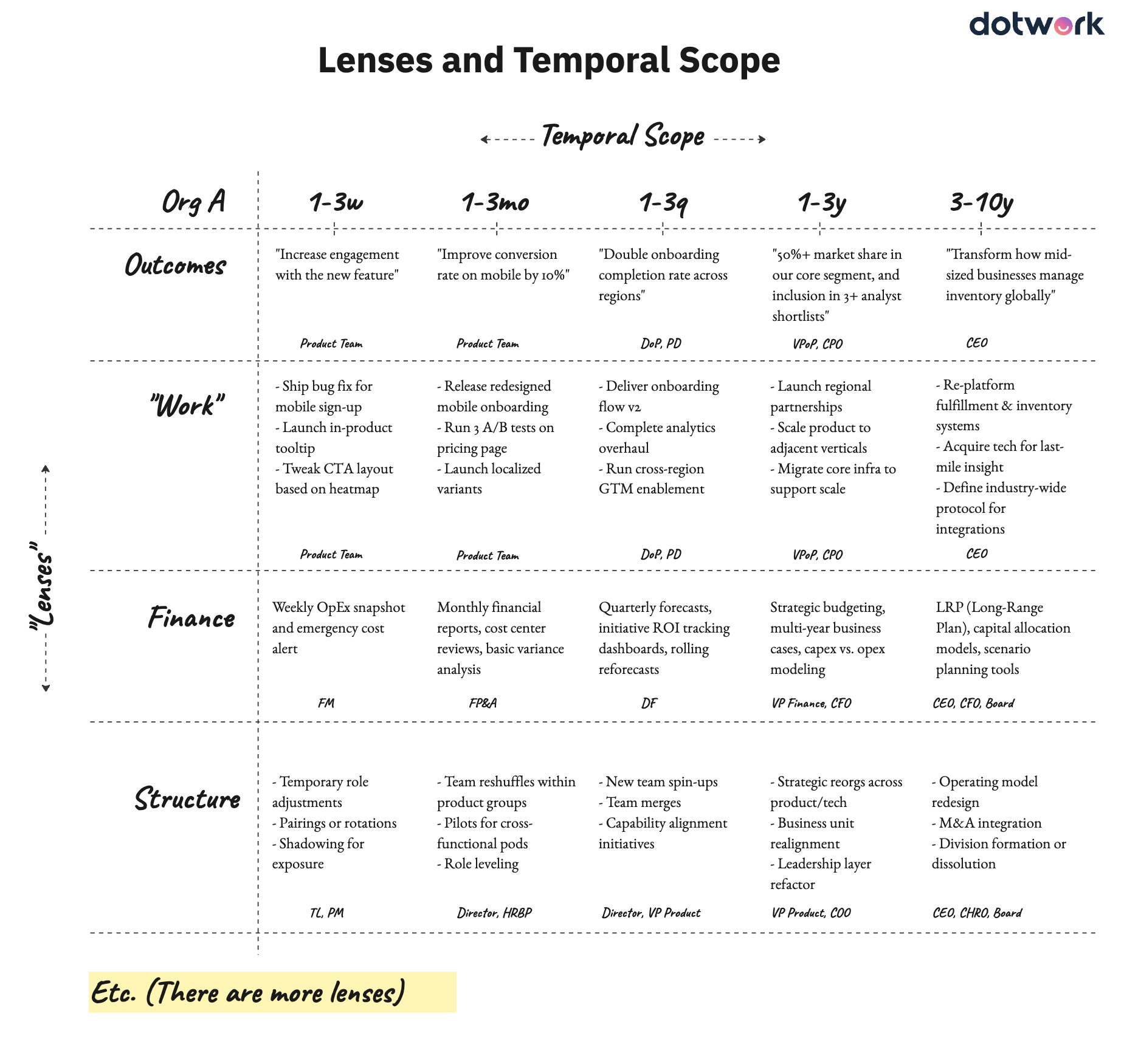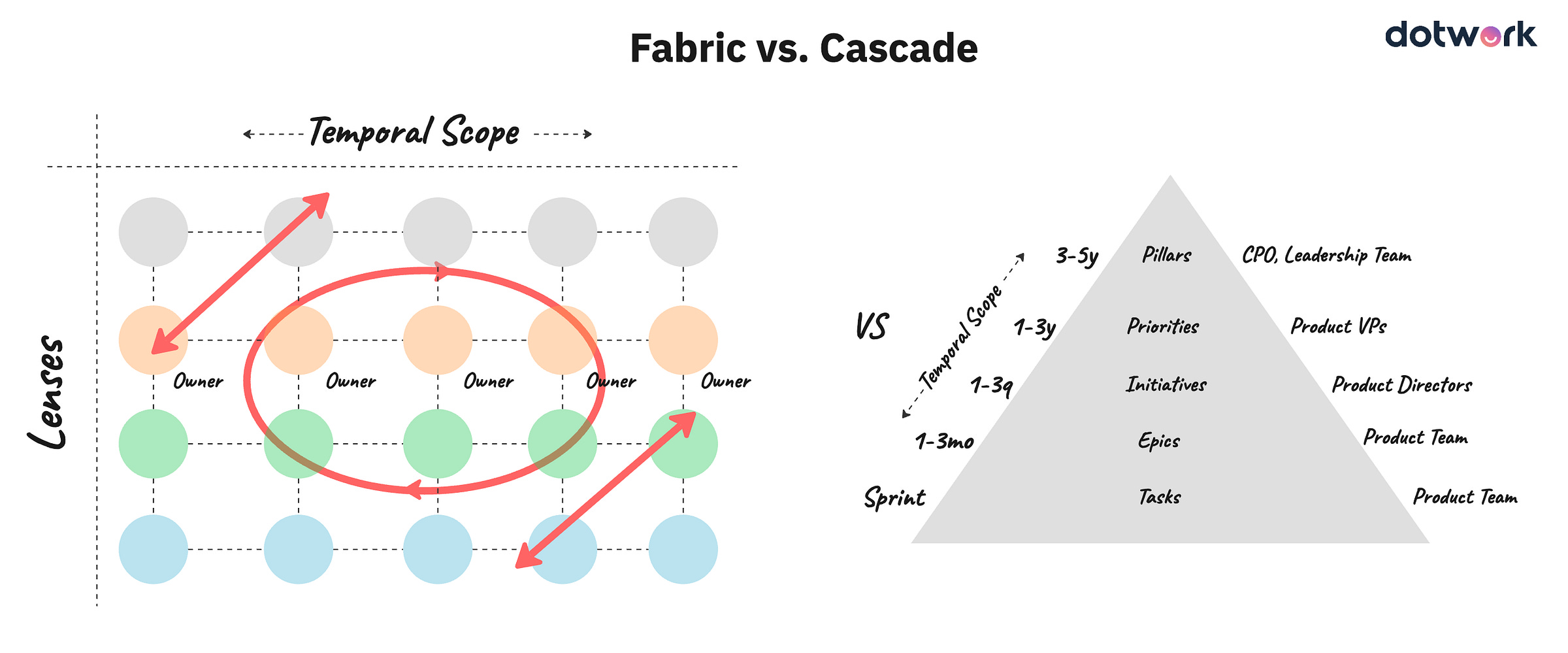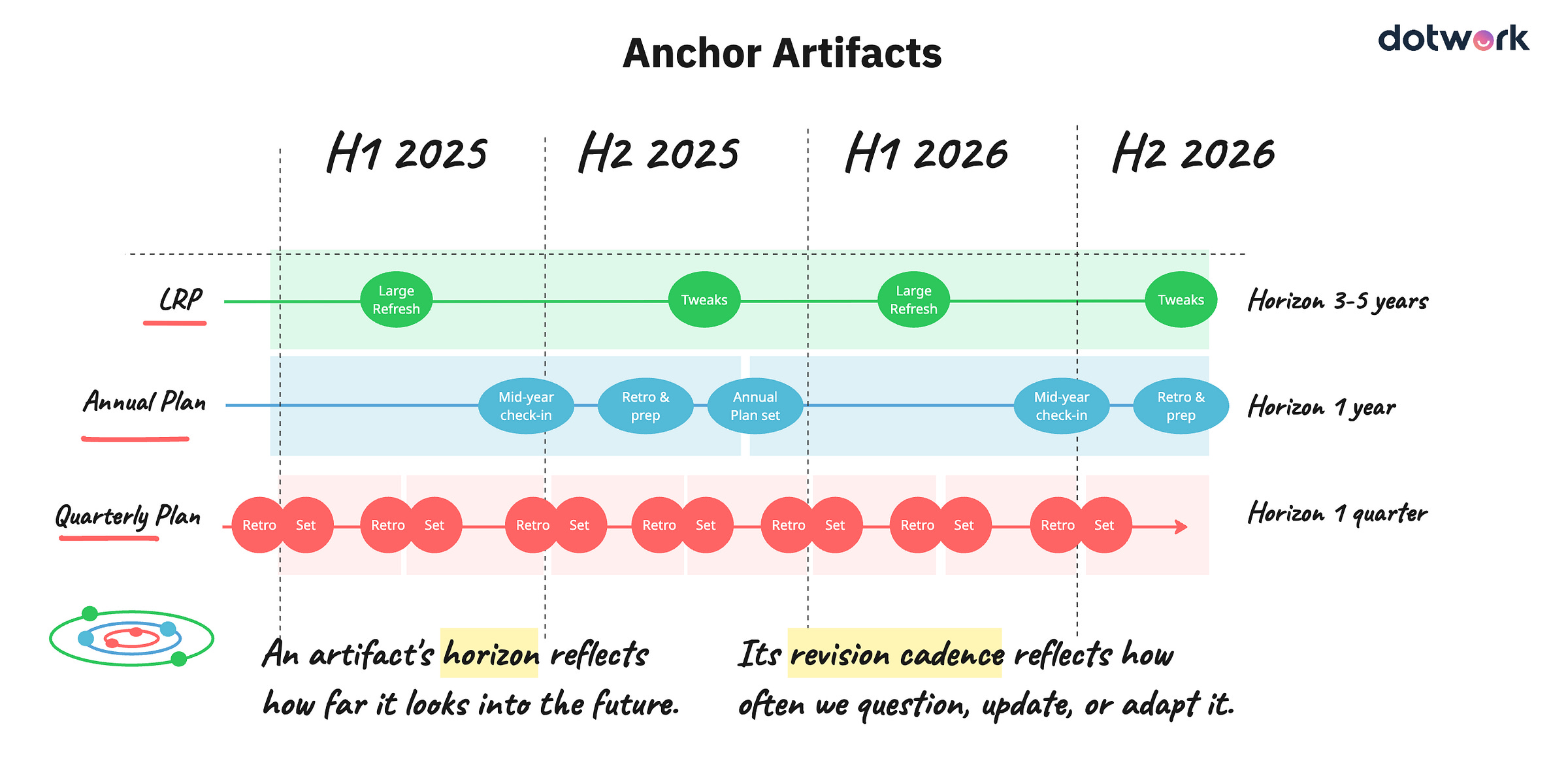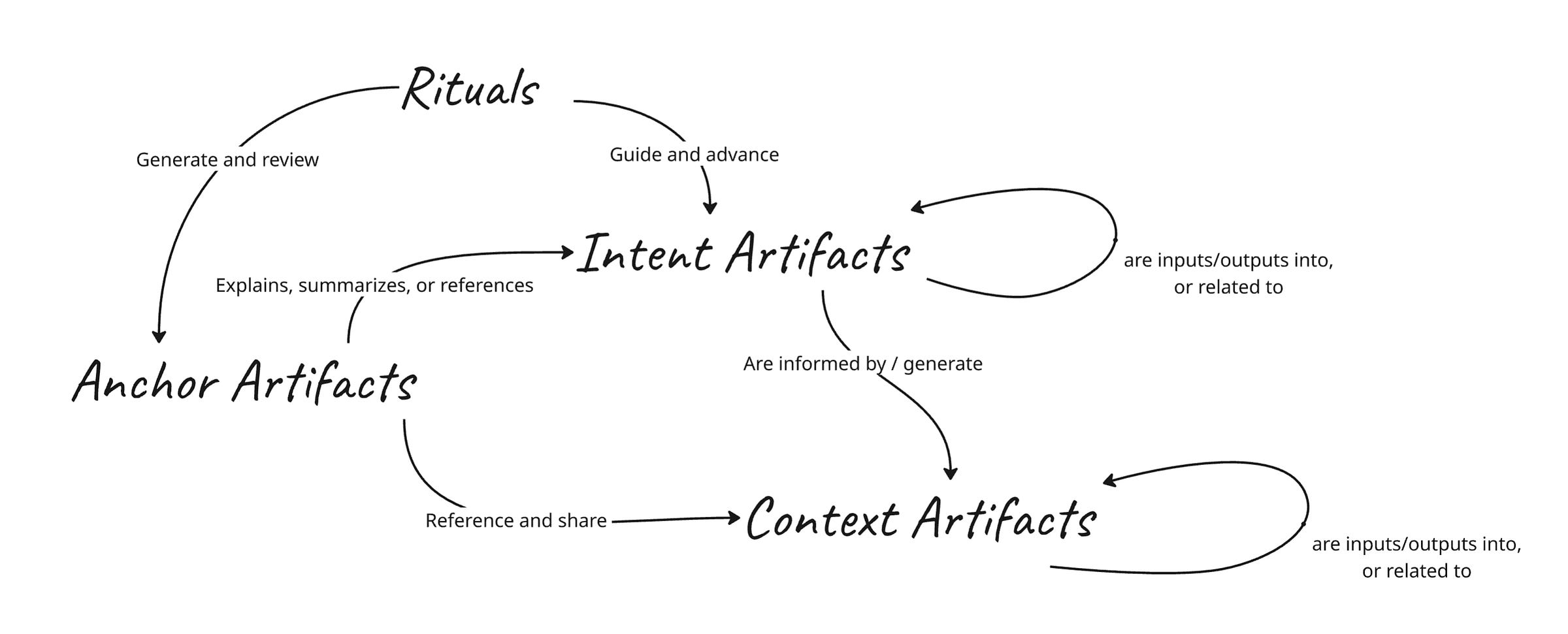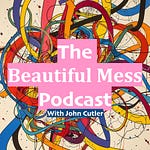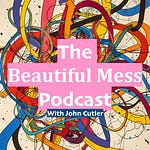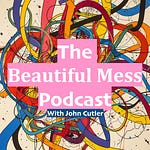I’m experimenting with Substack’s Video feature. I’m not sure how this will look, appear, or even sound, but giving it a go. Below I include an outline of the video:
Outline
1. The Familiar Cascade
Many organizations use a hierarchical model: Pillars → Priorities → Initiatives → Epics → Tasks
Timeframes are often assigned at each level (e.g., 3–5 years at the top, sprints at the bottom)
Roles and ownership are mapped accordingly, from executive leadership down to product teams
These models persist because they’re intuitive, visual, and create a sense of order
2. Core Limitations of the Pyramid
Assumes one-way flow of information
The model suggests strategy flows down, but in reality, critical insights flow up from teams engaging with customers and the marketOutcomes are often missing or implied
There’s no explicit representation of impact or results, even though that’s what ultimately mattersIgnores time-to-impact variability
Some tasks can generate impact in a week; some initiatives take years. The model fails to show these lags and feedback loopsPushes teams into execution roles
As you move down the pyramid, the framing becomes increasingly prescriptive. Teams are expected to deliver “work” without clear problem framing or strategic ownershipMisrepresents the scope and nature of work
High-impact short-term efforts may not “fit” in the hierarchy, creating friction. It also disincentivizes small, iterative wins
3. Temporal Scope and Organizational Culture
Comparing two fictional organizations reveals differences:
Org A’s goals are outcome-driven across time horizons (e.g., 1–3 month engagement goals, 3–5 year market positioning)
Org B’s goals are more output-focused and vague at longer horizons
Ownership of goals varies by company—some give product teams ownership up to the one-to-three quarter range, others do not
The same pyramid diagram can reflect entirely different behaviors depending on definitions, ownership, and cultural orientation toward outcomes vs. activity
4. The Need for Multiple Lenses
The pyramid presents a single, strategy-to-task lens, but organizations operate with multiple overlapping views:
Outcome lens – focused on impact and customer results
Work lens – focused on deliverables and execution
Finance lens – focused on costs, forecasting, and ROI
Structure lens – focused on organizational shifts, team structure, and ownership
Each lens has its own rhythm, scope, and patterns of change
These lenses intersect in complex ways that a static pyramid cannot represent
5. Real Work Behaves More Like a Fabric Than a Cascade
Work, strategy, and feedback move in all directions—not just top-down
Many artifacts and processes exist at mid-levels of abstraction, not neatly tiered
A more accurate model is a fabric or network of interconnected items with varying temporal scopes and ownership
Strategic influence can originate anywhere, and changes at any level can ripple across the system
6. Introducing Artifact Types and Their Cadence
To support this networked reality, artifacts should be understood in terms of their nature and rhythm:
Anchor Artifacts
Have a defined time horizon (e.g., a 12-month roadmap)
Refreshed on a set cadence (e.g., quarterly planning cycles)
Useful for stability and coordination
Intent Artifacts
Represent bets, goals, OKRs, and strategic initiatives
Tend to evolve as work progresses and understanding deepens
Often nested or linked to other artifacts dynamically
Context Artifacts
Reflect shifting knowledge and environmental signals
Can be volatile (e.g., customer feedback) or stable (e.g., competitive analysis)
Drive updates to other artifact types when significant changes occur
7. The Role of Rituals
Artifacts don’t stand alone—they are reinforced and refreshed through team and organizational rituals
Effective operating systems clarify:
Which artifacts exist
Who owns them
When and how they are updated
How they relate to each other across different lenses and timeframes
Rituals also provide the opportunity to resolve contradictions and adapt to change
8. Final Synthesis
The strategy pyramid is a helpful storytelling tool, especially for presentations or executive alignment
But it is insufficient for designing actual operating models
Effective models recognize:
Multiple lenses (not just one)
Temporal and definitional complexity
The need for dynamic linkages, not static nesting
The interplay of strategy, execution, finance, structure, and learning
Building an effective system means embracing this complexity and supporting it with the right artifacts and rhythms—not oversimplifying it into a cascade




